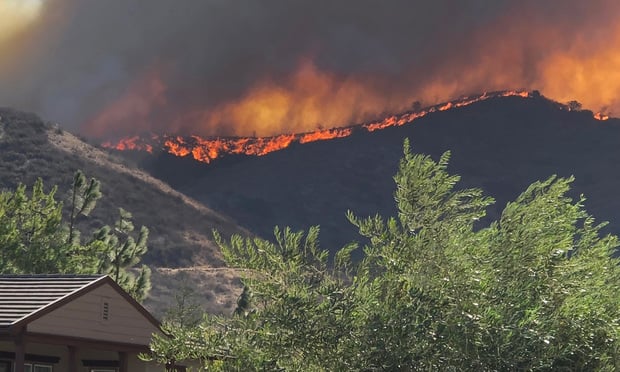Historic flooding dominated a below-average natural catastrophe season through the first half of this year, according to a Munich Re Nat Cat presentation.
Almost half of the $3.9 billion in insured inland flood damage occurring in Europe, Canada, Asia and Australia in May and June, Munich Re says.
Total insured losses from natural catastrophes in the first half-year equaled $13 billion, below the 10-year average for the same time period: $22 billion. The 460 worldwide loss events so far in 2013, though, is above the 10-year average of 390 events.
“The frequency of flood events in Germany and central Europe has increased by a factor of two since 1980. But particularly with floods, an increased hazard – such as more frequent heavy rainfall events – need not necessarily result in higher losses,” says Munich Re board of management member Torsten Jeworrek. “Such a rise in losses can be prevented by better flood control…. Rivers need room so that flood waves can disperse without causing serious damage. And the flood risk needs to be considered in the designation of land for industrial or residential areas.”
Flood controls on the upper Elbe River and in Bratislava and Budapest spared these regions, as well as the city of Dresden, from devastation similar to 2002 when the Elbe River flooded.
Flooding in Alberta, Canada was the worst ever experienced in the region. Seventy-five thousand people were evacuated and insurance losses are expected to exceed $1 billion dollars. Flash floods in northern India and Nepal from early and heavy monsoon rains were the worst this year in humanitarian terms, as swiftly-moving water washed away roads and bridges and took more than 1,000 lives, although insurers have not been able to accrue a loss value.
According to Munich Re, climate change is challenging the world's evolving risk-management strategies. Dr. Peter Hoppe, head of geo risks research at Munich Re's corporate climate center, says, “Humidity in the air has caused significant changes to the climate in the last three decades. Increasing sea surface temperature means more evaporation.”
In the Munich Re presentation, Hoppe referenced a 2011 study in the journal Nature that said “human-induced greenhouse increases in greenhouse gases have contributed to the intensification of heavy precipitation events over approximately two-thirds of data-covered parts of northern hemisphere land areas.”
U.S. tornadoes occurring between May 18 and May 22, such as the EF-5 tornado that caused $1.5 billion in insured property damage after it hit Moore, Okla., were the second-most expensive events in the first two quarters of 2013.
Wildfires also created extensive damage in the U.S.
Munich Re points out that though the U.S. has evaded a major hurricane landfall since 2005, Tropical Storm Chantal may be one to watch on its journey toward the East Coast.
Want to continue reading?
Become a Free PropertyCasualty360 Digital Reader
Your access to unlimited PropertyCasualty360 content isn’t changing.
Once you are an ALM digital member, you’ll receive:
- Breaking insurance news and analysis, on-site and via our newsletters and custom alerts
- Weekly Insurance Speak podcast featuring exclusive interviews with industry leaders
- Educational webcasts, white papers, and ebooks from industry thought leaders
- Critical converage of the employee benefits and financial advisory markets on our other ALM sites, BenefitsPRO and ThinkAdvisor
Already have an account? Sign In Now
© 2025 ALM Global, LLC, All Rights Reserved. Request academic re-use from www.copyright.com. All other uses, submit a request to [email protected]. For more information visit Asset & Logo Licensing.








